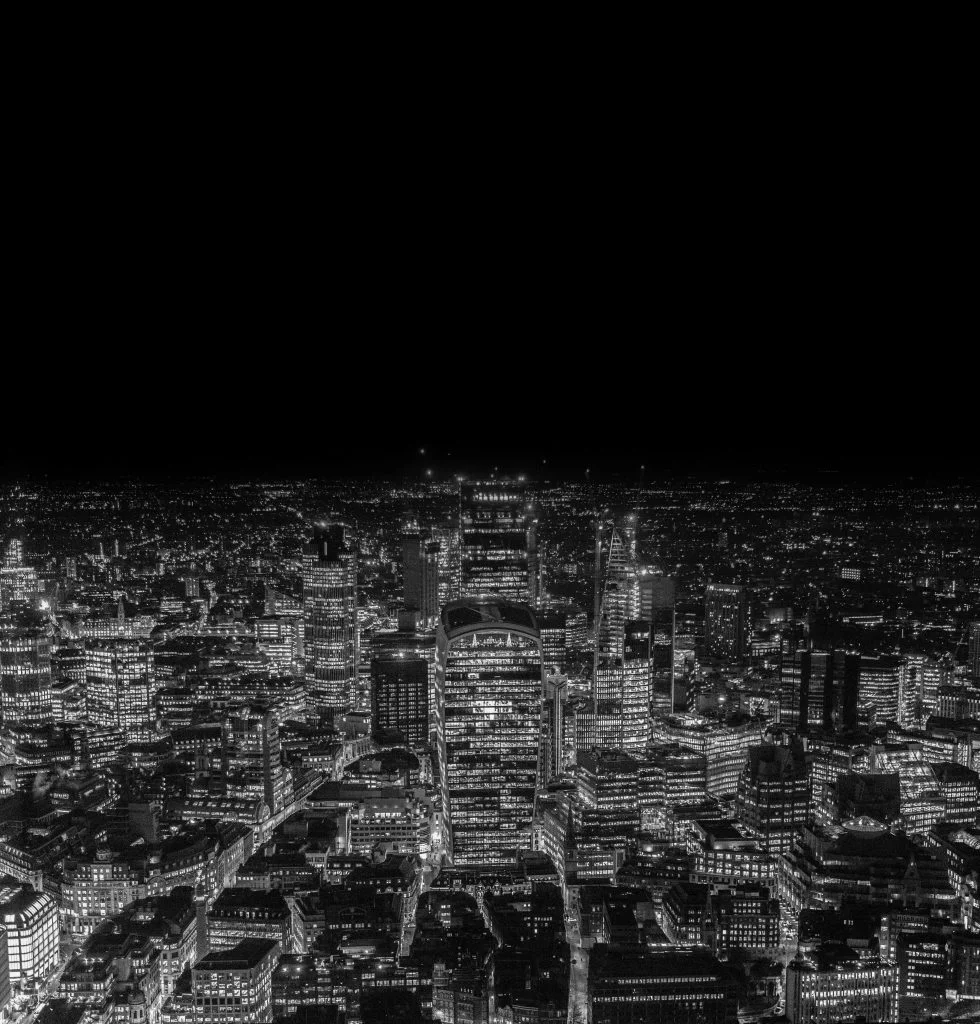What do organic farming, handcrafted jewelry, and the 2022 Qatar World Cup have in common?
Here’s a hint: it’s not ethics. In fact, it’s the opposite.
These are all initiatives that have benefited from exploiting labor exploitation.
Forced labor props up industries worldwide, from fruit picking to cocaine smuggling to global sporting events. It’s in the food you eat, the clothes you wear, and the places you visit. And it’s big business.
The labor trafficking industry is worth approximately $236 billion globally. Around 28 million people worldwide are thought to work against their will.
More than half of the world’s trafficked individuals are in Asia, with most aged between 18 and 24. Unlike sex trafficking, men are disproportionately affected.
Yet labor traffickers do not discriminate. People from all countries, race, age, and gender are at risk. There are no borders, lines, or laws they will not cross.
For the traffickers, labor exploitation is a rational business decision. It’s about minimizing risk and maximizing returns by reducing costs. Exploiting workers, avoiding taxes, and evading police detection is a means to that end.
Understanding the true scale of labor trafficking is challenging. It is estimated and widely reported that fewer than 1% of financial crimes are detected. That is simply not good enough. We must do more to prevent it.
Traffickers often leave clues hidden within their financial data, which, if used properly, can help law enforcement uncover labor trafficking operations.
That means banks are uniquely positioned to help to detect labor trafficking.
To do so, they must understand what it is, how it works, and who is involved.
What is Labor Trafficking?
Labor trafficking is often used interchangeably with the terms ‘modern slavery’ and ‘human traffick’ing. While they’re related concepts, they have distinct meanings.
Modern slavery is an umbrella term encompassing various forms of human trafficking and exploitation, where individuals are forced to act against their will, often through violence, deception, coercion, and abuse of power. It includes:
- Labor trafficking
- Sex trafficking
- Organ trafficking
- Child labor
- Criminal exploitation
- Forced marriage
Labor trafficking, a subset of human trafficking, specifically involves the recruitment, harboring, transportation, and exploitation of people for forced labor. Vulnerable individuals are coerced, enslaved and forced to work for free, often in manual jobs such as agriculture, domestic work, and construction. It affects vulnerable people of all walks, including:
- Migrants
- Children
- The homeless
- Those struggling with addiction
- Disabled people
How Does Labor Trafficking Work? A look at Operation Fort
In 2019, West Midlands police uncovered the UK’s largest-ever labor trafficking ring.
Codenamed ‘Operation Fort’, the investigation uncovered evidence that suggest up to 400 Polish nationals may have been enslaved by an organized criminal gang.
The victims, aged between 17 and 60, were recruited by agencies in Poland. The traffickers targeted the vulnerable by approaching people outside off-licenses, homeless shelters, and former prisoners. They promised up to £400 a week to pick fruit on farms supplying some of the UK’s biggest retailers, as well as work in factories, waste recycling plants and parcel sorting houses.
Upon arrival in Birmingham, England, the victims were housed in squalid conditions, sleeping on mattresses in cramped, vermin-infested properties and surviving on expired food. They were denied medical care, had their employment benefits stolen, and were forced to work long, grueling hours for as little as £20 a week.
The traffickers, meanwhile, lived luxuriously. They forced their victims to open bank accounts and take out loans, to launder their profits. The gang operated undetected for nearly a decade in one of the UK’s most regulated markets, making an estimated £2 million between 2012 and 2019.
The Labor Trafficking Blueprint
This, sadly, is a typical example.
There are companies all over the world that exist to recruit and traffic individuals under false promises of legitimate work. The traffickers entice victims with high-wage overseas jobs, often in seasonal farm work, but also in jewelry, manufacturing, hospitality, construction (like the Qatar World Cup), and other manual labor.
Victims are deceived into thinking they’ll be cared for. They’re promised high-paying jobs, flights, and accommodation. Yet upon arrival, they’re housed in squalor, forced to pay for medical bills, passports, flights, visas, and sometimes even the job itself. Victims become saddled with debt, their documents are stolen so they have no means of escape, and they’re forced to work for free, day and night. Without a way to repay their debts, interest accrues, sometimes reaching thousands. They become trapped.
The victims face violence, and isolation. Their families are threatened. Some are forced into black markets. Many fear incriminating themselves if they speak to authorities, particularly those smuggled illegally. Some are enslaved for years. Others never escape.
Labor Trafficking’s Impact on Businesses
Labor trafficking is not just bad for victims, it’s bad for the economy, too. It creates an unfair economic advantage by selling goods and services at lower costs, distorting competition in the free market. This may sound like an absurd thing to concern oneself with given the impact on victims, but it is worth considering.
Imagine two companies selling fruit and vegetables: one using free labor and one using paid labor. The free labor company can charge less and undercut the market, attracting more buyers. The legitimate business cannot. Customers flock to the cheaper option. The illegitimate business gains more sales and higher profits, which feeds the business and increases the need for trafficking and exploitation. The legitimate business reduces their wages and prices to compete, but eventually goes out of business.
Reducing Labor Trafficking
Operation Fort succeeded because a brave victim came forward to the police. While a significant result, it’s just a drop in the ocean.
Our current detection methods are broken. Law enforcement, financial services, and retailers work in silos. Operation Fort was praised for successful collaboration, but we need a better way to uncover these crimes.
Financial services can play a crucial role. By understanding the personas and behaviors in labor trafficking, banks can build profiles for criminals, victims, and others involved.
For example, a farm with a significantly lower payroll than others in the region may seem unusual. Further investigation reveals no payroll tax records, frequent purchases of airline tickets for high-risk countries, and connections to other businesses owned by individuals with alleged links to labor trafficking gangs. With the right flags, data, and approach, we can uncover labor trafficking patterns in financial data, raising alerts when these flags appear and leading to further investigation.
This is where the RedFlag Accelerator comes in. Our persona-based approach can help you to uncover traces of labor trafficking hidden within your financial data. To find out how, download our free labor trafficking investigation guide.
Share this post





